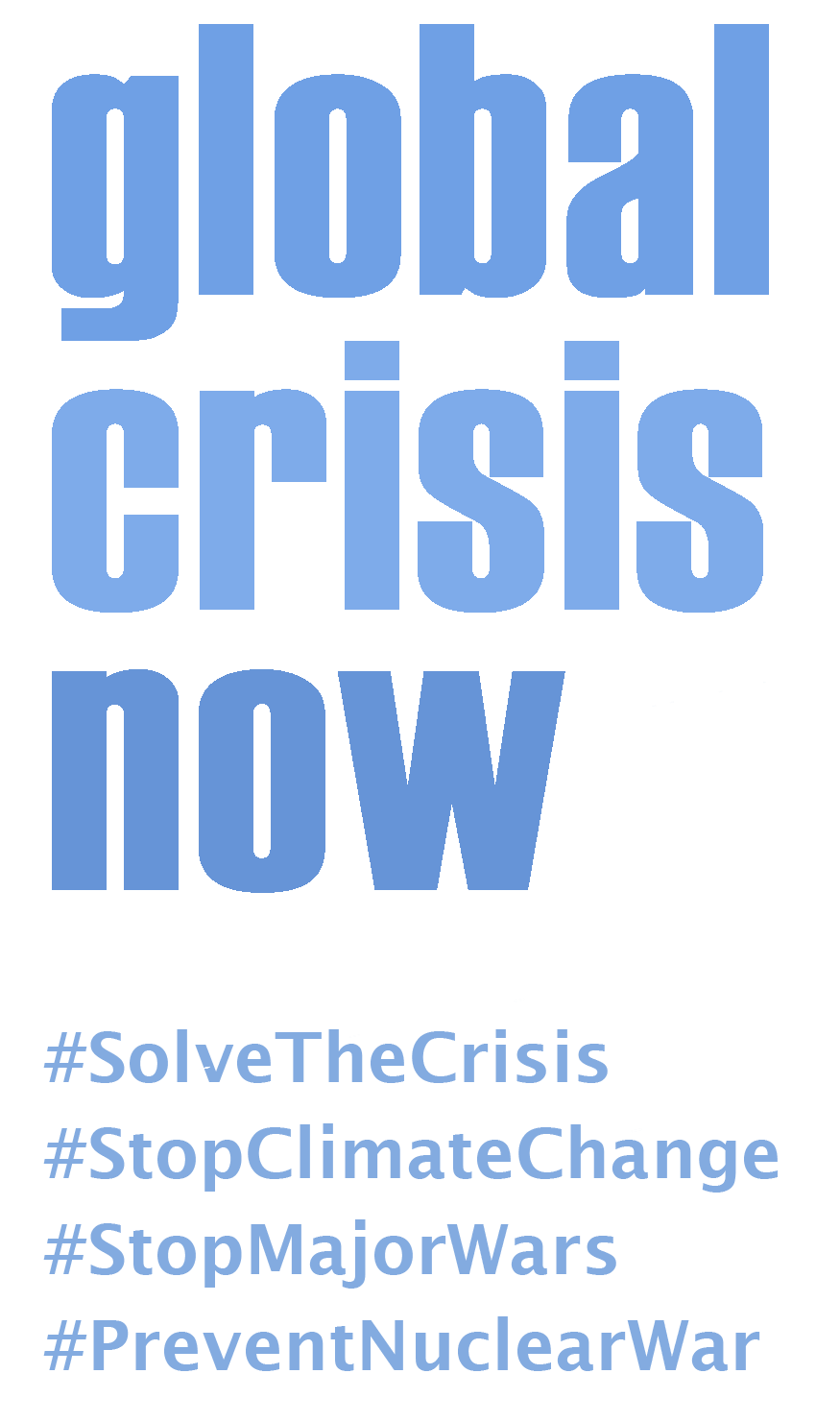Climate Change
CHAPTER 1 tells in stark terms how global temperatures, carbon dioxide emissions, the rate of natural catastrophes and melting of the Arctic and the Antarctica have tremendously increased during the last decades and years.
One of the greatest concerns of the combined impact of these trends is the increase in sea level rise. The Intergovernmental Panel on Climate Change (IPCC) is still giving cautious and conservative estimates of the sea level rise in this century, of a 1–2 metres rise. But new scientific evidence gives reasons for much more pessimistic figures, even 5 metres rise within 100 years, if present CO2 emission trends continue unchanged. Ice has been melting considerably quicker than earlier predicted. Major coastal cities like New York, London, Shanghai and Helsinki would be wiped out in their current form if present trends continue as before.
Another great concern is the potential reduction in global population. We now have some 7 billion inhabitants in the world, expected to rise to 9 billion. But if the present greenhouse emission trends continue scientists have estimated that the carrying capacity of the earth in the so called “4° Celsius world” – where current policies are heading – is less than 1 billion, a scary reduction of the global popula- tion as the full effects of climate change take effect.
Global Resources, Energy and Prospects for Continued Global Economic Growth
CHAPTERS 2 AND 3 discuss global resources, energy use and prospects for continued economic global growth. Chapter 2 tells us that national accounts and Gross Domestic Product (GDP) are already outdated systems in measuring the threats we face in terms of over consuming our planet’s resources. Using a more recent measuring system, “global footprint accounting”, we are already using 1.5 worth of planets resources, a trend expected to worsen. This is a global Ponzi scheme in the short, medium and certainly longer term. But there are other more specific threats related to our energy use that undermine prospects for continued global economic growth and fundamentals of our global prosperity, poverty reduction and welfare.
Our economic progress over the decades has been based on cheap energy, particularly oil. While the price of oil has clearly come down in 2014, it is still high in historic standards. If the global economic growth remains to be moderate, the oil price could stay relatively low but if the global growth picks up, in a few years we probably face a major shortage of oil. The difficulties of filling the shortfall with alternative energies will hamper prospects for continuing global economic growth for the following reasons:
• The cost of producing energy is rising inexorably as cheaper sources are exhausted and more expensive and less accessible sources have to be developed.
In particular the ratio of the energy available to society compared to the energy needed to produce it, is dropping markedly. This leaves less energy available to run society as we know it.
• The necessity to meet international climate change targets makes it mandatory that the global economy transitions rapidly away from polluting fossil fuels toward renewable sources of energy. But this rapid transformation will not be easy as renewables at present, whilst improving rapidly in efficiency with reduced costs, are a very small proportion of global energy supply.
• Less than 20% of existing proven fossil-fuel re- serves can be consumed from now on if the world is to stay below the climate change target, leading to the risk of a so called “carbon bubble” with assets of fossil fuel companies becoming stranded if investment in fossil fuels continues. When world markets start to accept the full implications of this dilemma, it is likely to negatively affect the value of these companies and financial markets generally.
• New technologies, whilst undoubtedly a part of the solution, cannot be deployed with either the speed or to the extent necessary to meet climate change emission reduction requirements.
Climate Change Talks
CHAPTER 4 discusses first the role of international climate change negotiations which have so far failed in their most important task: namely reducing greenhouse emissions. In fact global carbon dioxide emissions, the worst greenhouse gas component, have just intensified during these negotiations. Climate change talks in Paris in December 2015 could and should be a major event turning the tide but the negotiations are very complicated. The results should help in changing the world markets to facilitate the rapid transfer to a carbon-free world. Turning the world economy in right direction is impossible if governmental subsidies to fossil fuels, mainly responsible for CO2 emission, continue to be 4-5 times of the money flows going into zero or much less-polluting renewables. This is one of the most critical issue for the future of humanity that Paris talks should address and solve.
Conclusions: We Are in a Global Emergency
CHAPTER 5 concludes that we are in an unprecedented global emergency, which must be recognized, and proper actions should follow, immediately. The role of major corporations, governments and civil society are key in this major transformation, but corporations and governments in particular have become dominated by short-term thinking. This has to change to ensure that long-term solutions to our climate and energy dilemma are adopted.
